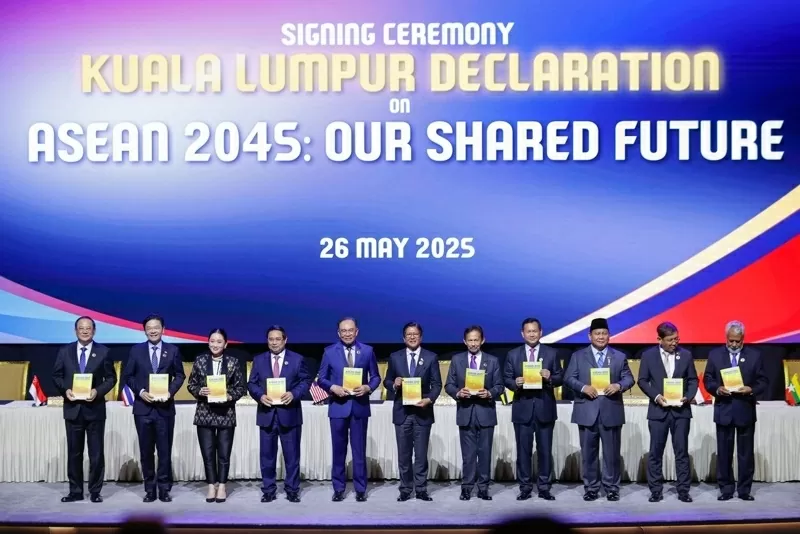 |
| Prime Minister Pham Minh Chinh and Malaysian Prime Minister Anwar Ibrahim and other leaders signed the Declaration “ASEAN 2045: Our Common Future” on the occasion of the 47th ASEAN Summit in Malaysia, May 2025. (Source: VGP) |
As ASEAN embarks on its journey towards 2045 with the adoption of the ASEAN Vision 2045: Our Common Future and accompanying strategic plans, it is worth reflecting on the words of Vincent Van Gogh: “Great things are made of small things, connected together . ” This spirit reflects ASEAN’s approach, as decades of steady progress and joint efforts have laid a solid foundation for the ASEAN Community.
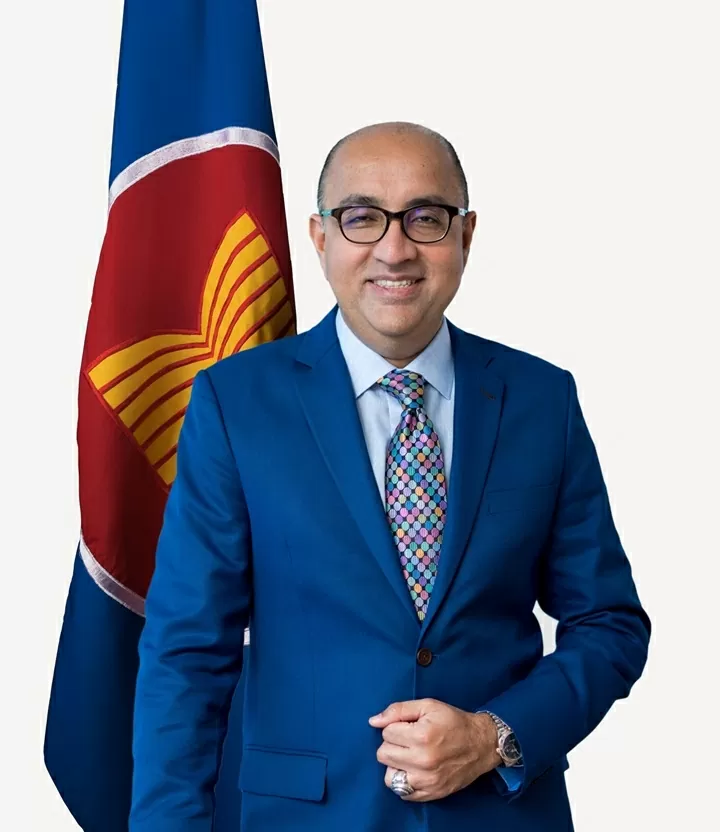 |
| Deputy Secretary-General of ASEAN in charge of the ASEAN Economic Community Satvinder Singh. (Source: asean.org) |
The aspiration to move forward as a united community is not new. Ten years ago, ASEAN leaders set out a strategy for the next phase of economic integration: to build an integrated, sustainable and inclusive ASEAN economy that promotes sustainable growth, inspires innovation and strengthens the region’s global economic position.
The ASEAN Economic Community (AEC) Vision 2025, adopted together with the ASEAN Political -Security Community (APSC) and ASEAN Socio-Cultural Community (ASCC) visions at the 27th ASEAN Summit in 2015, have become key instruments to realize this aspiration.
A decade of implementing AEC 2025
After a decade of implementing AEC 2025, the achievements are truly impressive, clearly reflected in economic indicators, especially trade and investment.
Between 2015 and 2024, ASEAN’s GDP will increase from $2.5 trillion to $3.9 trillion, with an average annual growth rate of 5.1%. Total merchandise trade will increase from $2.3 trillion in 2015 to $3.8 trillion in 2024, while FDI inflows will almost double from $115.4 billion to $226 billion.
Trade in services also reached a record $1.3 trillion, reflecting competitiveness in digital services, logistics, finance and tourism.
In particular, intra-regional flows demonstrate the region’s complementarity and resilience. Intra-regional trade accounts for an average of 22.1% of total regional merchandise trade between 2016 and 2024. Intra-regional investment flows are projected to reach US$31.5 billion in 2024, accounting for 13.9% of total investment, becoming the second largest source of FDI in the region after the United States. This trend not only demonstrates intra-regional resilience but also reflects the increasingly deep integration of regional value chains.
Collective actions under the AEC 2025 Framework have been decisive. It is estimated that strategic initiatives and agreements under this framework have contributed an additional 5% of GDP, equivalent to US$1.1 trillion, along with US$3.3 trillion in trade value and 8% in additional investment capital over the past decade.
Notably, ASEAN achieved these results while global FDI flows increased by only 4% – demonstrating investors’ confidence in ASEAN’s single market and integration effectiveness.
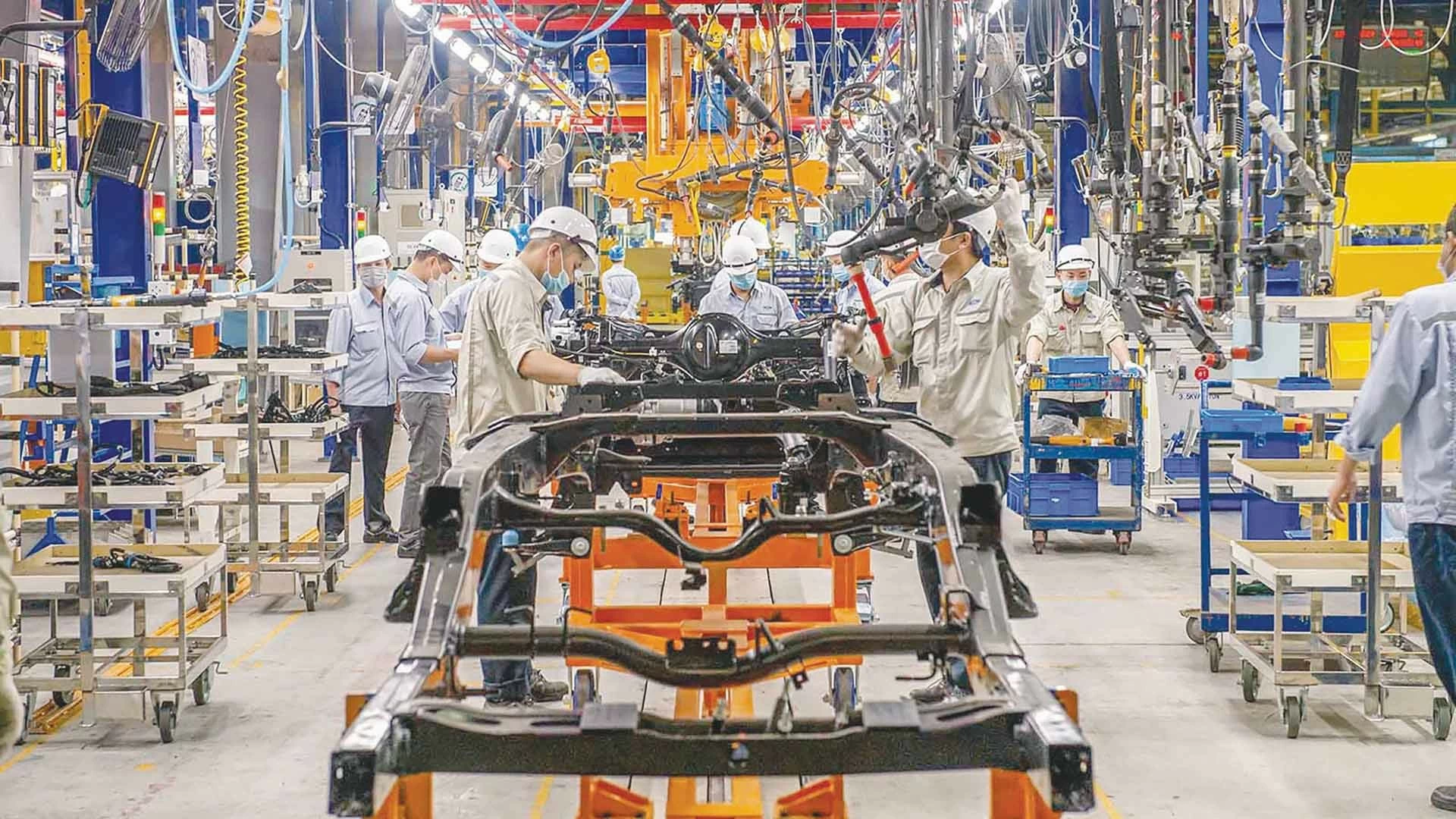 |
| Illustration photo: From 2015 to 2024, ASEAN's GDP increased from 2,500 billion to 3,900 billion USD, with an average annual growth rate of 5.1%. (Source: VnEconomy) |
The gains are not just in the overall numbers. At the enterprise level, productivity has improved, creating 4 million new jobs, workers’ incomes have increased by 5% (equivalent to an additional $16 per month), and the female labor participation rate has reached 66% – one of the highest rates in emerging economies.
For the business community, the focus on procedural reform and trade facilitation has created a more stable and transparent environment. Initiatives such as the ASEAN Single Window (ASW), the ASEAN Customs Transit System (ACTS) and the Harmonized Tariff Schedule have shortened customs clearance time from 14 days to 3 days, significantly reducing costs and speeding up market access.
At the same time, the elimination of 98% of tariffs under the ATIGA framework and better utilization of FTAs have enhanced the competitiveness of manufacturers and exporters. As a result, intra-bloc trade increased by 540 billion USD, while extra-bloc trade, especially with RCEP partners and other key markets, increased by 1,400 billion USD.
Another bright spot is digital transformation. ASEAN has made significant strides over the past decade, with seamless digital payments, growing e-commerce, widespread mobile connectivity, and a prominent position in the global technology supply chain.
ASEAN’s digital economy is forecast to reach US$2 trillion by 2030. The ASEAN Digital Economy Framework Agreement (DEFA) and the Unique Business Identification (UBIN) initiative will help strengthen trust and enhance interoperability in cross-border digital transactions.
Tourism is also a highlight. Although the number of international visitors dropped sharply to 2.9 million in 2021 due to the Covid-19 pandemic, ASEAN quickly adapted, improving transport connectivity and popularizing digital payments, creating a seamless cross-border travel experience. As a result, in 2024, ASEAN welcomed 127.1 million international visitors, demonstrating its enduring appeal and strong resilience.
 |
| There is an urgent need for ASEAN to integrate sustainability more deeply into its growth model. (Source: asean.org) |
Challenges ahead and vision 2045
Besides achievements, ASEAN still faces major challenges, notably the need to more deeply integrate sustainability factors into the growth model.
Over the past decade, carbon emissions have increased while the share of renewable energy has only increased modestly. This raises the urgent need to promote new frameworks such as the ASEAN Carbon Neutrality Strategy, the AEC Circular Economy Framework, or the ASEAN Blue Economy Framework.
Looking back, the achievements of the AEC 2025 Framework have laid a solid foundation for ASEAN to continue to grow. At the 46th ASEAN Summit in May, the adoption of the ASEAN Community Vision 2045 and strategic plans demonstrated a forward-looking spirit towards a sustainable, innovative, dynamic and people-centered community.
In particular, the AEC Strategic Plan 2026-2030 will be the key pillar, not only deepening integration but also enhancing the region's resilience in key areas such as supply chains, food security, energy stability and a future-ready workforce. ASEAN needs to continue to leverage the momentum from its successes, while proactively identifying and promptly addressing new gaps and challenges.
A commitment to continuous improvement and inclusive development will be key to building a strong and sustainable AEC that brings long-term benefits to businesses and people, while affirming ASEAN's position as a leading global economic force.
Source: https://baoquocte.vn/tinh-than-asean-dieu-vi-dai-duoc-tao-nen-tu-nhung-dieu-nho-be-329376.html



![[Photo] Hanoi morning of October 1: Prolonged flooding, people wade to work](https://vphoto.vietnam.vn/thumb/1200x675/vietnam/resource/IMAGE/2025/10/1/189be28938e3493fa26b2938efa2059e)
![[Photo] President of the Cuban National Assembly visits President Ho Chi Minh's Mausoleum](https://vphoto.vietnam.vn/thumb/1200x675/vietnam/resource/IMAGE/2025/10/1/39f1142310fc4dae9e3de4fcc9ac2ed0)
![[Photo] Keep your warehouse safe in all situations](https://vphoto.vietnam.vn/thumb/1200x675/vietnam/resource/IMAGE/2025/10/1/3eb4eceafe68497989865e7faa4e4d0e)




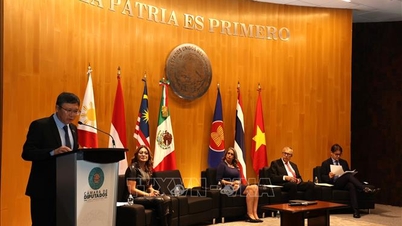

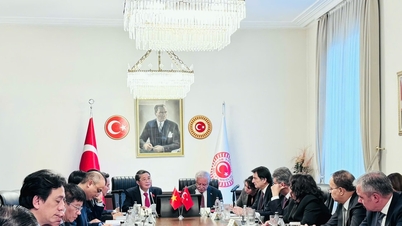


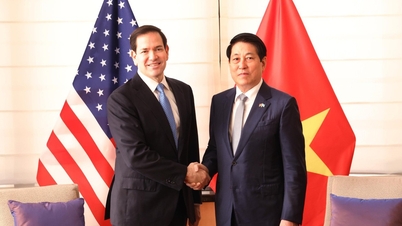

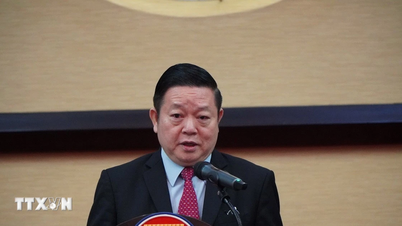

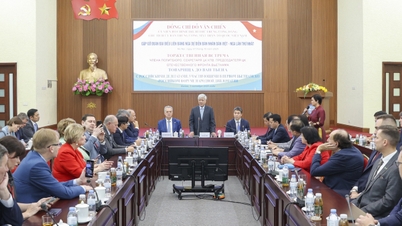

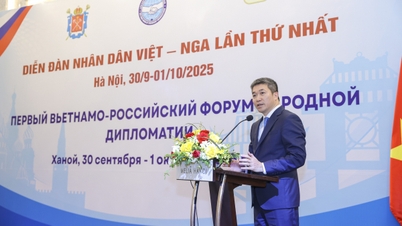



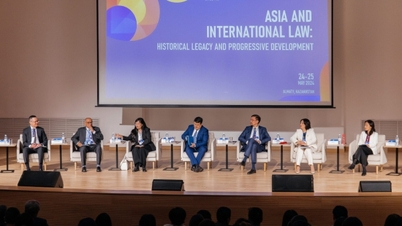
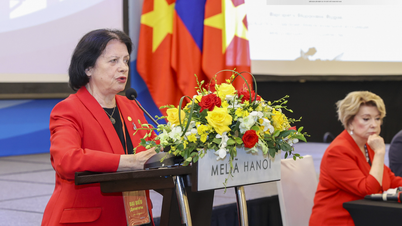




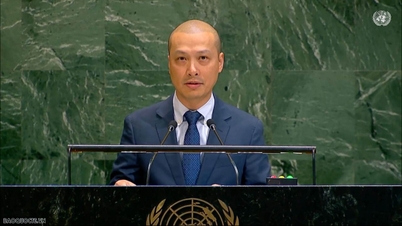





































































Comment (0)